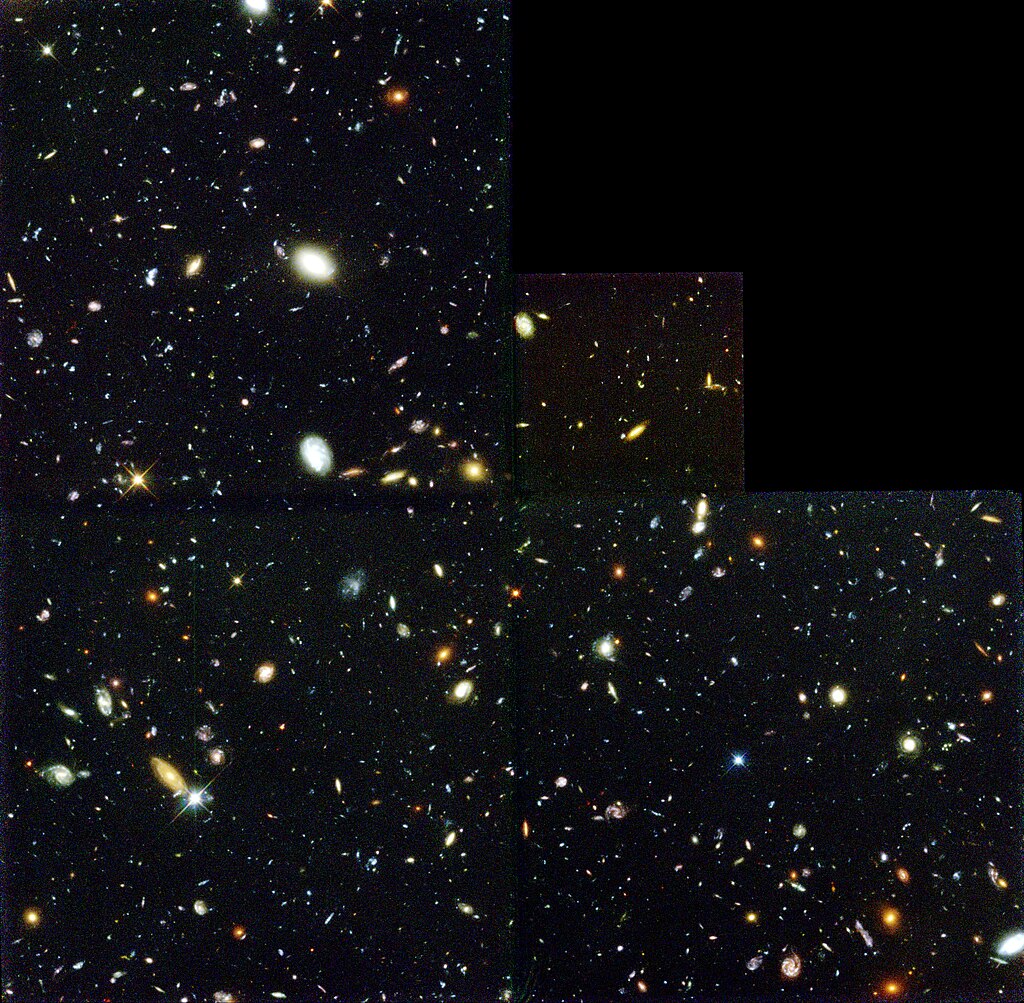On April 24, 1990, the Hubble Space Telescope flew aboard space shuttle Discovery, which makes this year the 35th anniversary of this incredible instrument. It is not hyperbole to say that this observatory has changed astronomy forever.
It had a rocky start. Its primary mirror had a defect, with its outer edge being too flat by 2.2 microns. This was a great source of mockery in the ’90s – despite the instrument still being able to perform scientific observations. It was corrected three years later, and several service missions have upgraded and refurbished the telescope. The last one was in 2009. With the retirement of the space shuttle, Hubble has been left to fight aging by itself.
There have been some difficult times, with periods where the telescope had to enter maintenance mode, but 35 years on, it continues to work. Its science mission started on May 20, 1990 – with its first image being a photo of a binary star HD96755, in the open cluster NGC 3532, also known as the Pincushion Cluster, which is located about 1,300 light-years away from us.
Over three and a half decades, Hubble has conducted over 1 million observations and its data has been used in over 21,000 papers. Cumulatively, Hubble is among the most expensive scientific missions undertaken by NASA, but its impact showcases just how much return you get on such an investment.
Hubble observations are key to the great cosmological debate of our time: the Hubble Tension. It has also confirmed the existence of supermassive black holes which are believed to reside at the core of every galaxy. The space telescope has shown that Jupiter’s moon Ganymede has aurorae and discovered Arrokoth, the most distant world ever explored by humanity.
But maybe you are interested in galaxies as a whole. Then how about seeing one that is made of nine concentric rings? Or how about the most incredible image of the Andromeda galaxy – 2.5 billion pixels that took over 10 years to put together? We can also talk about the original Hubble Deep Field, which revealed for the first time just how many galaxies are located in the area of the sky that appears empty at first glance.

The original Hubble Deep Field which revealed some of the most distant galaxies known at the time.
Image credit: Robert Williams (NASA, ESA, STScI)
Between discoveries in the Solar System and those in the distant universe, there’s also a fundamental understanding of our home in the cosmos: the Milky Way. Hubble’s work together with the European Space Agency’s Gaia, which ended its observations earlier this year, allowed us to estimate the mass and size of our galaxy. The Milky Way weighs about 1.5 trillion Suns and is 129,000 light-years in diameter.
Hubble will continue to conduct observations for as long as it can, but its orbit will eventually take it down and it will burn up into the atmosphere.
NASA, ESA, and the Space Telescope Institute that runs Hubble will release some great images for its birthday, but if you want to mark the occasion in a more personal way, you can check out this tool to find out what Hubble photographed on your birthday.
Source Link: Happy Birthday Hubble – 35 Years In Space This Month!